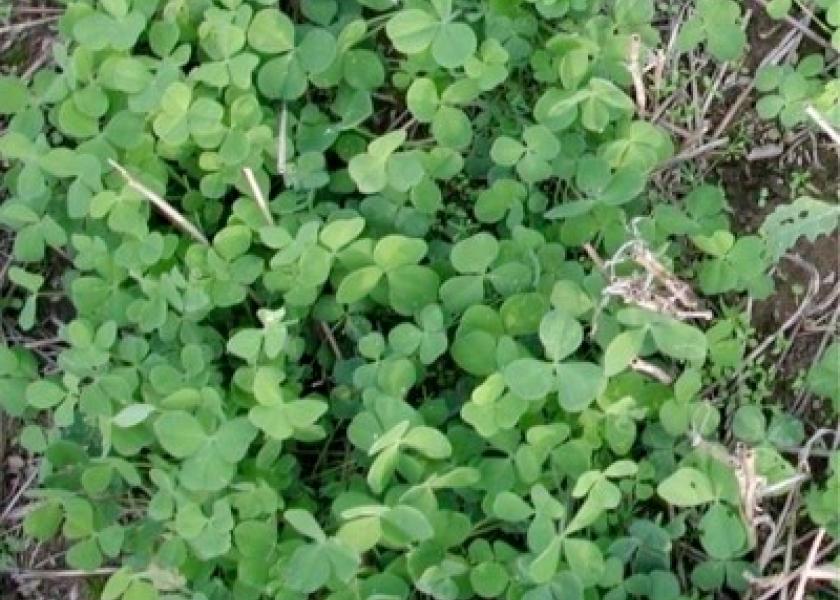Overseeding Warm-season Legumes into Native Grasses

Overseeding legumes in cool-season grasses is common, but doing it in warm season grasses is a whole other ball game.
By: Pat Keyser, University of Tennessee, Center for Native Grasslands Management
The practice of overseeding cool-season legumes, such as red and white clovers, into warm-season grasses was addressed in an article here in February 2014 (“Overseeding Cool-season Legumes into Native Grasses” – see archives for a copy of that article). But what about warm-season legumes, are there any that would work well in warm-season grasses?
To answer that question, a series of trials was conducted here at UT to evaluate a large number of legumes for their compatibility with switchgrass. Among the legumes that we considered were partridge pea, Illinois bundle flower, trailing wild bean, and alfalfa (not technically a warm-season legume, but one that does well during summer). Other species that were considered, but not used in the trials, were purple prairie clover, iron clay peas, and Korean lespedeza. Prairie clover was not included because of cost and establishment difficulties. Iron clay peas may have overwhelmed the grass and/or smothered it by climbing - something we have observed with vetches. Korean lespedeza, because of its short stature, may have competed very poorly with the switchgrass and therefore, was not included.
What did we learn? Partridge pea, a tall-growing summer annual, has proven to be quite compatible with switchgrass. Although it can fix nitrogen effectively and thus help off-set fertilizer requirements, it may not be a desirable forage. Illinois bundle flower is a good forage, but the germination period of this warm-season species was late enough that despite abundant seedlings, it never had a chance to get large enough to compete with established switchgrass and become a part of the stand. We had the same problem with alfalfa. The wild bean never produced adequate seedling numbers due, we think, to poor germination because of a high proportion of hard seed.
So where does all of this leave us? The quick answer is, “without a good summer legume option”. However, there is some room for optimism. First, we only studied legumes in switchgrass (the tallest of the native grasses) and then in dense stands that were only harvested once during the growing-season (early June for hay). In that environment, most legumes, especially seedlings, will have a very hard time competing. In pastures, where the grass is kept shorter by grazing, or where there are gaps in the stand, legumes will be able to establish and persist more readily.
Although not a warm-season legume, we have had success with red clover – either that we planted or that volunteered – in more open native grass stands. For eastern gamagrass stands, which despite their remarkably high yields are often quite open, overseeding legumes could work particularly well. Given how inexpensive it is, Korean lespedeza – once a widely used forage – would be a good option. I would not rule out Illinois bundle flower (seed expense may be an issue) or a grazing variety of alfalfa where stands are open. For more information see Intercropping Legumes with Native Warm-season Grasses for Livestock Forage Production in the Mid-South (SP731-G).







